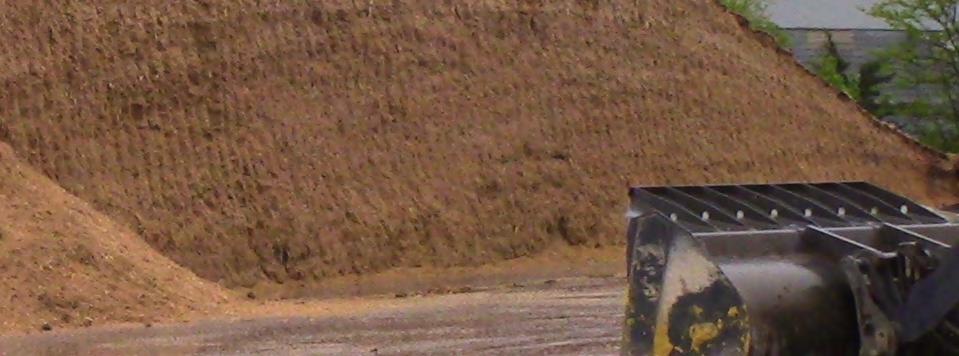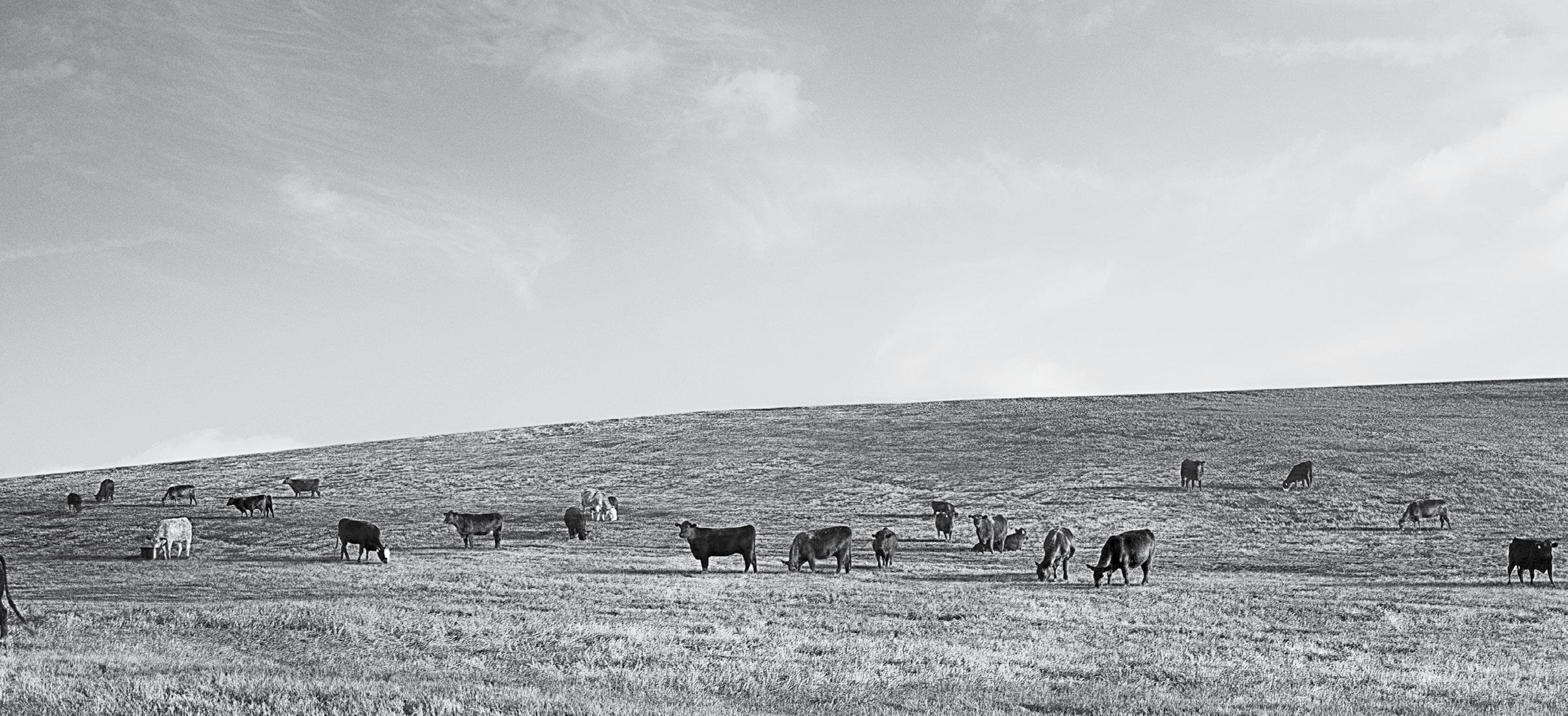
3 minute read
and Veterinary Feed Directives
The curve illustrates the percentage of all lots in the database that consumed each level of intake, with percentages listed on the right axis. Most lots of cattle averaged 21, 22 or 23 lb but a small proportion ate as little as 16 or as much as 28.
The dashed line box encompasses the most common levels of intake, from 19 to 25 lb and includes 81% of all cattle in the database. Monensin consumption in these lots would range from 285 mg/hd/d in lots that ate 19 lb with 30 g/t, to 438 mg/hd/d in lots that ate 25 lb with 35 g/t. This range of consumption is well within the label allowance.
suming more feed than the average of the entire feeding period.
There are three common routes of delivery of medicated feed additives into finished feed: through a supplement, a microingredient machine or as a top dress.
A supplement can be a liquid suspension, a dry meal or a pellet. A nutritionist will formulate a supplement based on an inclusion rate, usually about 5% of the final diet dry matter, and will include the medicated feed additive at a concentration in the supplement that delivers the right amount of additive to the finished feed.
Other ingredients in the supplement provide energy, vitamins, minerals, etc. The proper amount of supplement is mixed with corn, silage, hay or other ingredients to make a load of finished feed, which is delivered to a pen. When manufactured and mixed properly, all feed within a load, and all loads of a specific ration, will contain the same concentration of the feed additive so all cattle receiving that feed will get the same concentration.
The table above shows how intake level affects the diet formulation required to deliver the intended amount of ractopamine to each animal.
Another common feed additive, ractopamine, has a different mechanism of action and does not materially affect rumen bacteria. In this case, a nutritionist may recommend a dosage in mg/hd/d, in order to dose the cattle, not the feed. Since ractopamine is only fed at the end of the feeding period, the last 28-42 days, cattle are heavier and con-
A microingredient machine meters out individual microingredients, like medicated feed additives, mixes them with water and disperses that water over a load of feed as it is being mixed. With proper calibration and mixing, this creates a load of feed with the right concentration of feed additive. When a top dress is used, the majority of feed delivered to the pen does not contain the feed additive. The additive is mixed into a small amount of feed, typically around 1 lb per head of something easy to mix, like ground corn, and that feed is spread over the feed already in the bunk shortly after feeding.
Using this method allows targeting of specific pens and, if done properly, the right amount of a feed additive can be delivered to each pen, but it does not mix the additive into the entire amount of feed delivered. Not all feed additives can be delivered via top dress so the label should always be consulted before choosing this route.
Whichever route of administration is chosen, some knowledge, arithmetic and skill are required to properly deliver feed additives. The knowledge required means reading and understanding label restrictions and accurately predicting how much feed cattle will consume.
The arithmetic is necessary to convert recommended feed additive levels into the proper formulation of a supplement or ration and calibration of a microingredient machine. The skill lies in manufacturing supplements and feeds properly, mixing finished feed properly and getting it delivered to the right pen. It takes preparation, diligence and teamwork to make it all happen.
Appendix:
Selected details for medicated feed additive labels:
Monensin (Rumensin), when used to improve feed efficiency in cattle fed in confinement for slaughter:

Allowable levels in feed, 90% dry: 5 to 40 g/t
Allowable levels in feed, 100% dry: 5.6 to 44.4 g/t
Allowable levels of consumption: 50 to 480 mg/hd/d
Tylosin (Tylan or Tylovet), for reduction of incidence of liver abscesses in beef cattle associated with Fusobacterium necrophorum and Arcanobacterium pyogenes:
Allowable levels in feed, 90% dry: 8 to 10 g/t
Allowable levels in feed, 100% dry: 8.9 to 11.1 g/t
Allowable levels of consumption: 60 to 90 mg/hd/d
Note: The tylosin label does not specify that the 8-10 g/t level is 90% dry or 100% dry. All other labels specify 100% dry so it assumed for this purpose.
Ractopamine (Optaflexx or Actogain), for increased rate of weight gain and feed efficiency in beef cattle fed in confinement for slaughter during the last 28 to 42 days on feed:
Allowable levels in feed, 90% dry:
8.2 to 24.6 g/t (9 to 27 ppm)
Allowable levels in feed, 100% dry: 9.1 to 27.3 g/t
Allowable levels of consumption: 70 to 430 mg/hd/d
Note: Top dress is also allowed, see label for details.
Melengestrol acetate (MGA), heifers fed in confinement for slaughter: For increased rate of weight gain, improved feed efficiency and suppression of estrus (heat):
Allowable levels of consumption: 0.25 to 0.5 mg/hd/d










